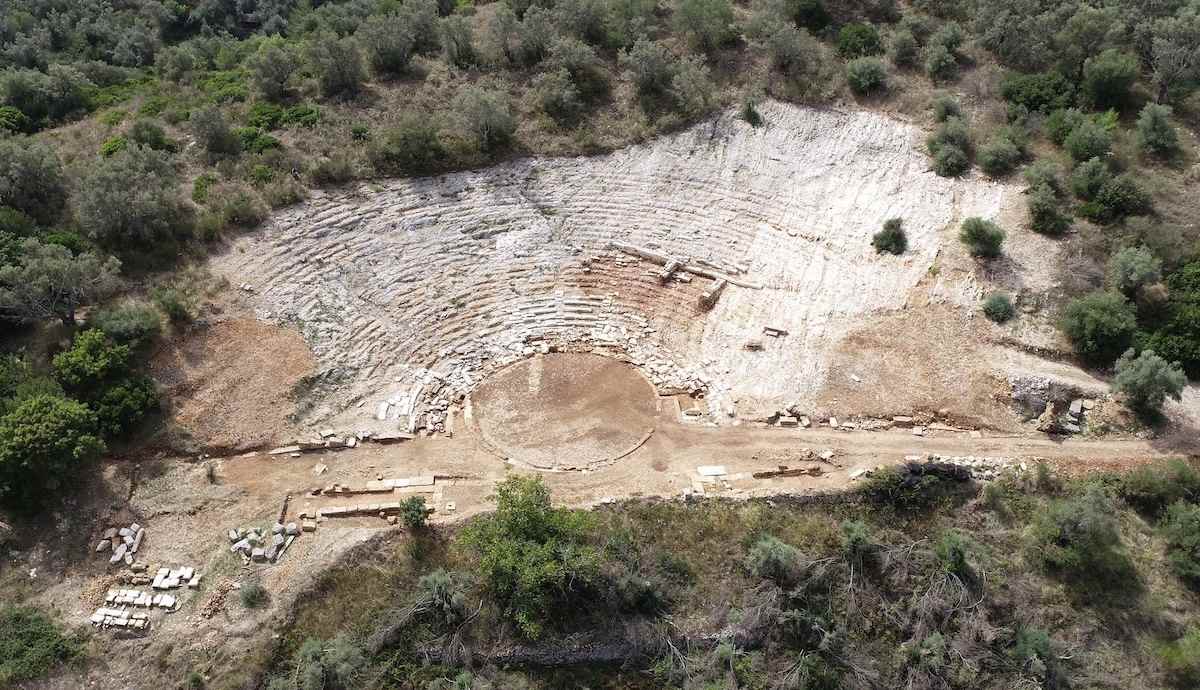
The Aristotle University of Thessaloniki’s team of three professors and 24 students, discovered a two-millennia-old statue of Hercules. The team found the statue on the city’s main street eastern side. At this point, the street meets another main axis that passes further north.
How to Get an Insight Into Ancient People’s Lives?

Hercule’s statue decorated a building during the Byzantine period, that may have been a public fountain around the 8th or 9th century BCE. At that time, it was fashionable to install sculptures from antiquity on major facades and public spaces. Hercule’s statue gives an insight into the lives of people during that period and their way of decorating important buildings.
Hercules’s head is discovered first, then an arm and a leg. The Archaeology team pieced together statue’s marble bits, which led them to the conclusion: this was a 2,000-year-old sculpture of classical mythology’s most famous demigod.

“The club and the lion hanging from the outstretched left-hand attest to the identity of the hero. On the earl’s crest, he wears a wreath of vine leaves. They are held at the back by a band whose ends end at the shoulders,” states a press release from the Greek Ministry of Sport and Culture.
Hercules is the Roman equivalent of the Greek divine hero Heracles. Heracles is a son of Jupiter and the mortal Alcmene. Mythology says Hercules is famous for his super-human strength and is the champion of the weak and a great protector.
The History of the City That Hid the Ancient Statue

The city of Kavala is now located in a place where was the town of Philippi. The city’s original name is Crenides, after its establishment by Thasian colonists in 360/359 BC, near the head of the Aegean Sea at the foot of Mt. Orbelos. Abandonment of the Philippi took place during the 14th century, after the Ottoman conquest.
Notes of the French traveller, Pierre Belon, can confirm this historical event. As a result, there was a ruinous state in the 1540’s and the city being quarried for stone by the Turks.
Experts believe the fire may have destroyed a “significant part of the city” and may have stemmed from the attacks, that were orchestrated by the Huns or the Turks.

In 356 BCE, King Philip II of Macedon—the father of Alexander the Great—conquered the city. King Philip II renamed the city to Philippi, and built it into a hub for gold mining. Further excavations of Philippi—a UNESCO World Heritage Site since 2016—are planned for next year.










